It’s just another Tuesday in Pau Grande. The mood at the Nelson Ferreira Lima Multisport Gym is a festive one. Music, games, and a host of entertainers are on hand as onlookers munch on hot dogs and sip Guarana. It’s all part of an Olympic initiative to promote education and the arts as Brazil gears up to host the games for the first time. It all seems fairly typical for those who have arrived in the capital for the event, but for the locals it carried greater importance.
Built on the back of the textile industry in the middle of the 19th century, the workers founded the village of Pau Grande, or, ‘big stick’, which doubles up as something of a euphemism in Brazilian Portuguese.
But, of course, its most famous son more than transcends any lude jokes and has rendered its industrial history merely a footnote. This is Pau Grande, famous across the globe for being the birthplace of one of the greatest footballers of all time: Mane Garrincha.
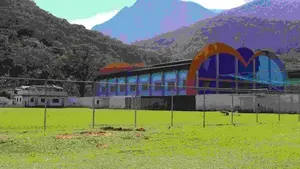
Rosangela greets me with a smile and a warm hug. She is striking at first glance, wearing her father’s wide nose, curved lips and looking out at the world eyes identical to his. That she ever needed the DNA test to prove his paternity is a mystery in a country of 200 million who are all so familiar with the face of one of Brazil’s most famous sons.
She was born in 1954, a result of one of Garrincha’s countless extramarital affairs. Rosangela’s mother, Alcina, worked alongside him in a local textile factory and when she became pregnant, Garrincha, as was so often the case, simply walked away. He was just beginning a professional career with Botafogo. So he moved on.
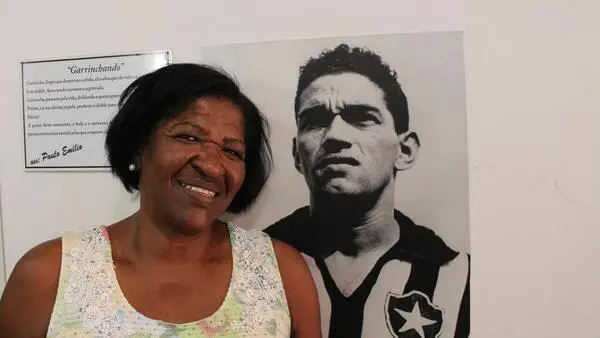
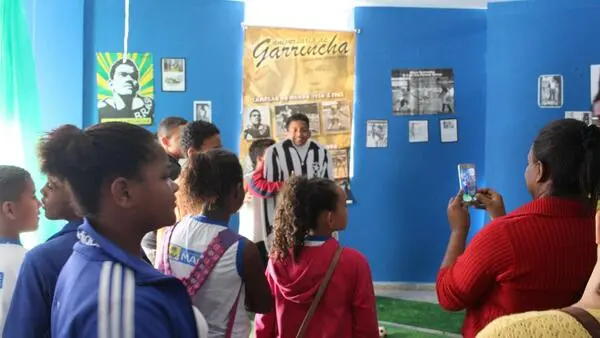
Rosangela didn’t have a father. But rather than bitterness or sorrow, she lights up at the sound of her biological parent, and is only too willing to do whatever she can to keep his spirit alive. She has transformed the gym an homage to the two-time World Cup-winner.
"I spent all night preparing it," she says. The room is plastered with pictures and newspaper clippings. It is littered with books and adorned with the famous yellow-and-green shirts of Brazil and the famous lone star of Botafogo, Garrincha's club. Four large pictures are painted on the walls. They feature the bow-legged star in each shirt, while another has him draped in the coat of Mage. Garrincha is everywhere here.
She is proud of her work. And she’s not the only one. Many more of Garrincha’s relatives have arrived to take a look. There are lots of them: granddaughters, great-grandchildren… all residents of Pau Grande.
The roots of this great family tree began with Mane Caieira, Garrincha's uncle, who settled in the region before calling on his brothers from the north east of the country to join him below the Rio hills. They were a close-knit family and remain so to this day, despite the countless splinters.
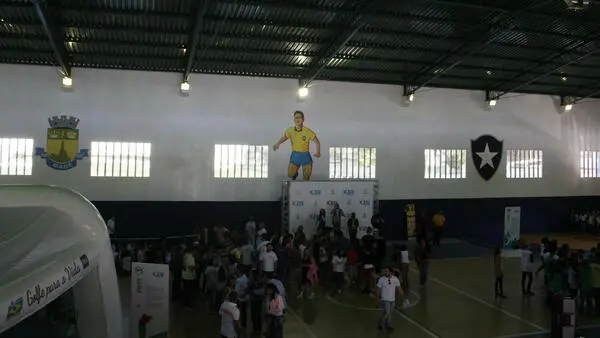

Rosangela says she enjoys a good relationship with her other sisters, and introduces a few of Garrincha’s granddaughters. One of them is considering a political career in the region. Upon hearing the name of a distant Swedish brother - the result of one of Garrincha’s 'escapes' during the World Cup of 1958 - Rosangela grins.
Across the street from the gym sits the Mane Garrincha Municipal School. A few hundred metres away sits another educational centre named after the ‘Bent-Legged Angel’. Closer still, sits the Mane Garrincha Stadium – but it is a far cry from the glitzy new arena bearing the same name in the nation's capital that was erected for World Cup 2014. This one is reserved for Esporte Clube Pau Grande, an amateur club founded in 1908 by British textile tycoons of America Fabril.
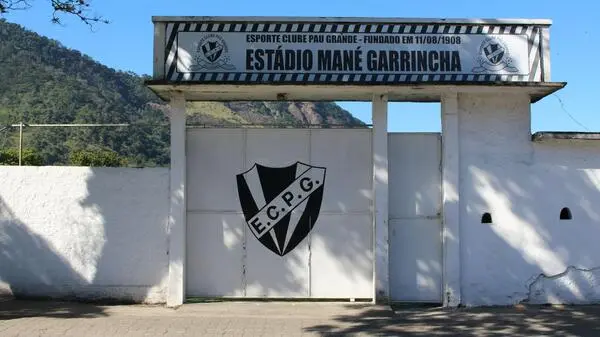
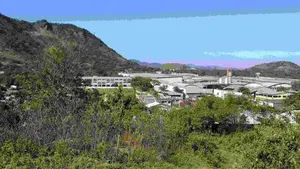
A little further up the hill is the field on which Garrincha would constantly return for unorganised kickabouts, usually to stake wagers with friends - much to the annoyance of club directors at Botafogo who feared their great star would sustain an injury competing against his neighbours. From there one encounters a captivating view over the village that sits so tranquilly at the foot of the mountains.
To him, that place was worth just as much as a World Cup, but he would never officially play there. There is no fidelity in football. For Garrincha, it was fun. It was only really ever supposed to be something to be enjoyed.
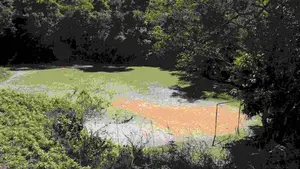
The many bars in which he spent countless hours enjoying at least a couple of those vices have since closed, but there is talk of reopening some as tourist attractions. The house he was awarded by America Fabril after winning the 1962 World Cup is a local hotspot. His granddaughter, Sandra, now lives in the yellow building which is covered in images of Garrincha.
The aim is to renovate the garage to become a Garrincha-themed bar. Sandra's husband, Carlos Eduardo, brought out a replicate shirt Garrincha wore during the World Cup in Chile and says he plans to make curate a tour of the entire district that will tell the story of its most famous resident.
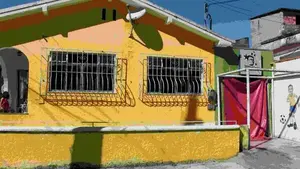
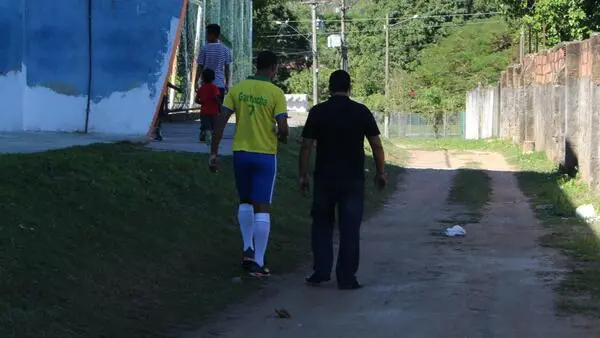
Garrincha died 33 years ago. But all over Pau Grande, he lives on. He is always the topic of conversation among the villagers, who honour Brazil’s greatest no.7 as if he were still playing.
The place itself has changed little in that time. The people hunt birds, talk in pubs and, of course, play football. Everyone dreams that history will repeat itself but, as Rosangela always says, "There will never be another Garrincha.”
He remains unique in the history of football. And that's exactly why, for his achievements and for the beauty of his play, he will always be remembered. He will never be forgotten. Certainly not in Pau Grande.
r />
- Goal